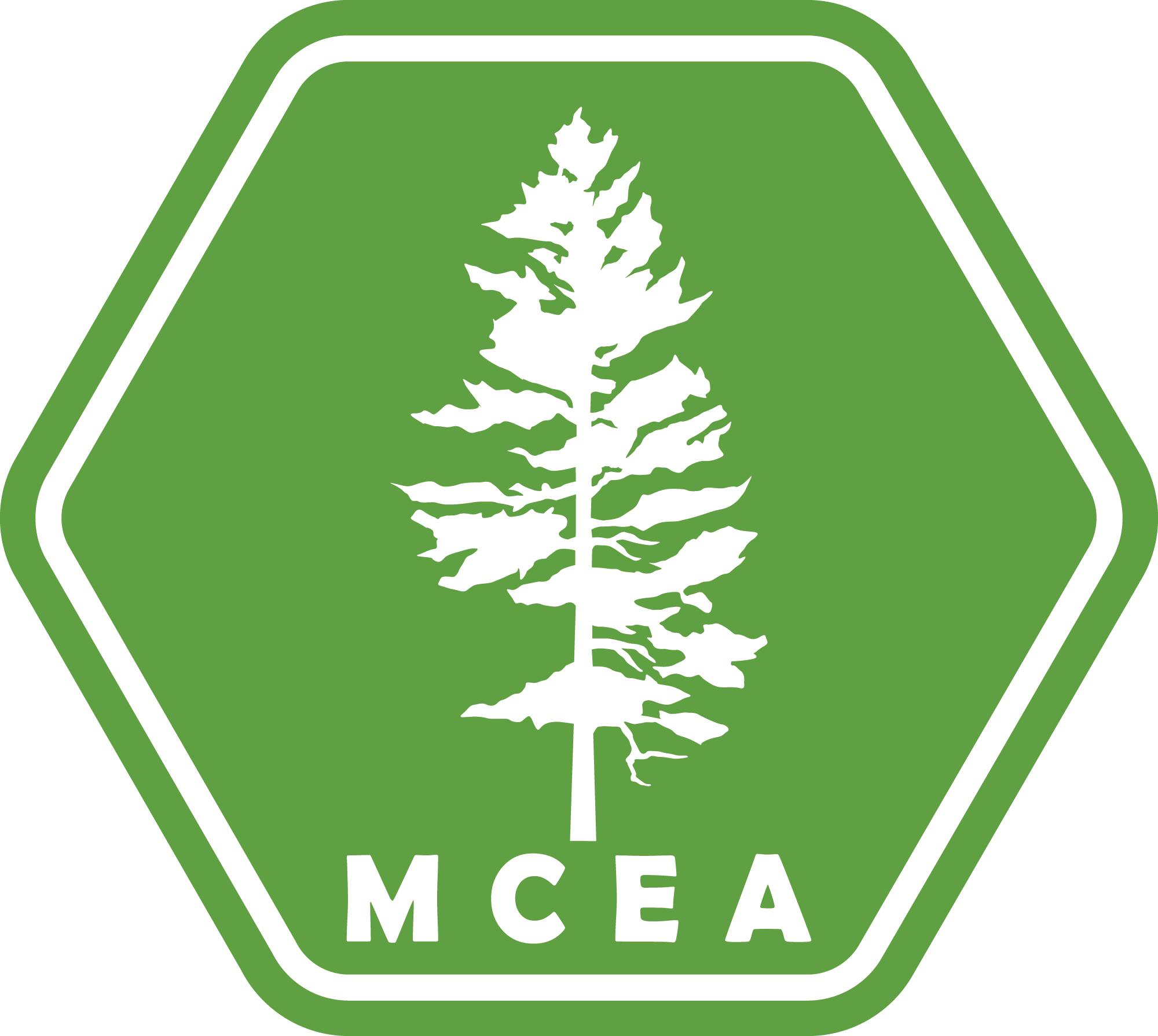Press Release: More soil testing needed to know risk of Smith Foundry pollution to East Phillips

More soil testing needed to know risk of Smith Foundry pollution to East Phillips
Limited tests by Univ. of Minnesota show background levels of lead; more testing is needed
DATE: 12/4/2023 CONTACT: Sarah Horner, MCEA, shorner@mmcenter.org,
MINNEAPOLIS, MN – On Friday, the Minnesota Center for Environmental Advocacy (MCEA)
and the East Phillips Neighborhood Institute (EPNI), along with scientists from the University of
Minnesota, conducted soil testing for lead near the Smith Foundry. The samples were gathered
in a small area owned by Hennepin County near the Midtown Greenway bike trail, and rapid
tests showed that in that area, soil lead levels were at or near normal background levels.
This testing was conducted by the University of Minnesota and MCEA, not by the Minnesota
Pollution Control Agency or Smith Foundry. Since the initial reports of permit violations at Smith
Foundry estimated that up to 200 pounds of lead per year may be leaving the site, community
members have been concerned about lead levels in the soil. Despite this, neither the MPCA nor
Smith Foundry have conducted this testing.
“We are thankful to the University of Minnesota and Hennepin County for their quick response to
the community request for soil testing,” stated Evan Mulholland, Healthy Communities
Director at the Minnesota Center for Environmental Advocacy. “More testing is needed to
document the risk to the community from soil contamination with lead and other pollutants near
Smith Foundry. We call on Smith Foundry and the Minnesota Pollution Control Agency to
conduct this testing as soon as possible.”
While these initial results may provide some relief for nearby residents, further testing is needed.
The soil in the area of the Smith Foundry has been recently moved and replaced because of
several factors, including the construction of the Greenway trail and soil replacement as part of
the South Minneapolis Residential Soil Contamination Superfund cleanup. In that project,
50,000 tons of arsenic contaminated soil was removed from 480 properties near Smith Foundry.
The limited testing that MCEA and the University of Minnesota conducted does not mean that
other nearby properties are not contaminated; further testing is needed.
MCEA and EPNI are working with city and county officials to identify other nearby locations
where soil testing for lead and other pollutants would be appropriate.
###